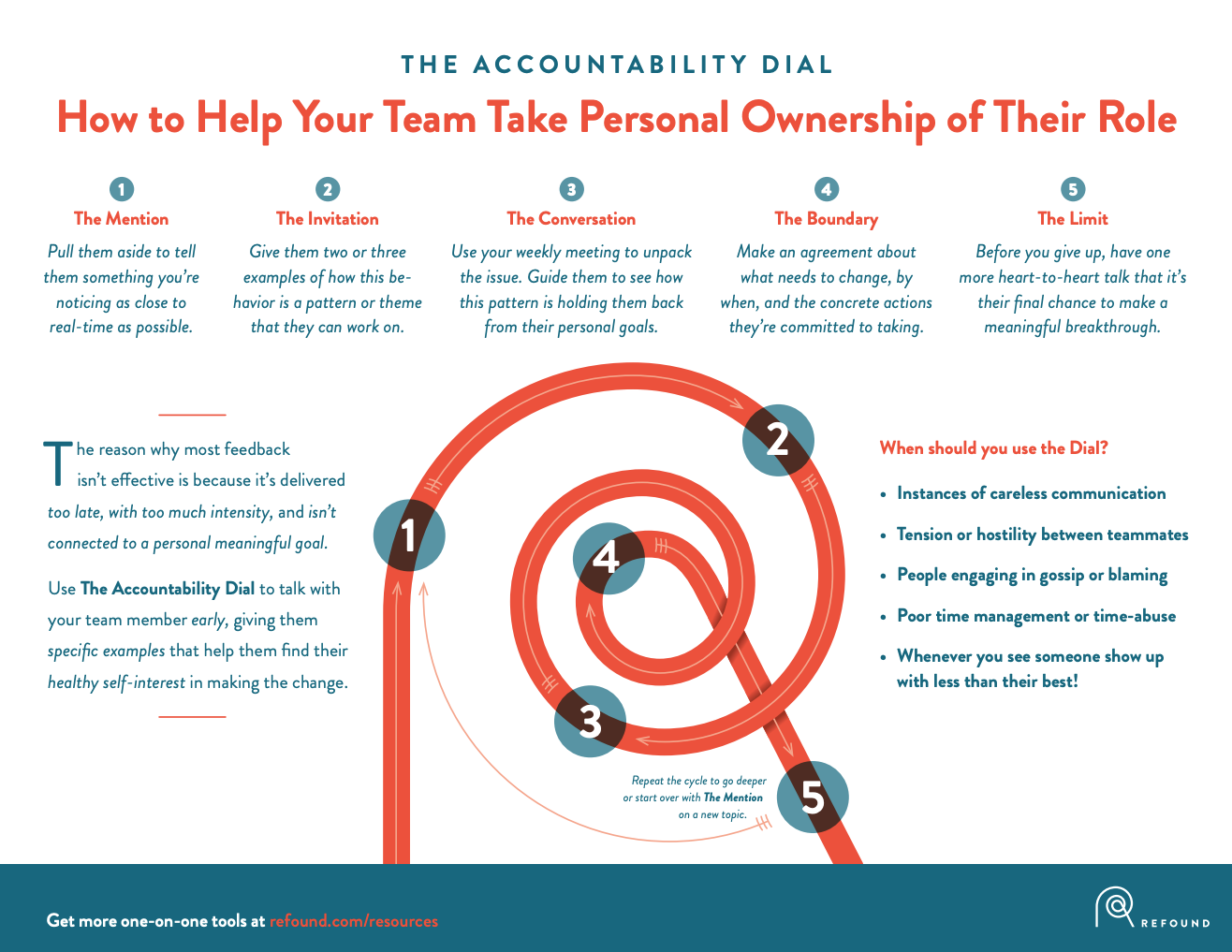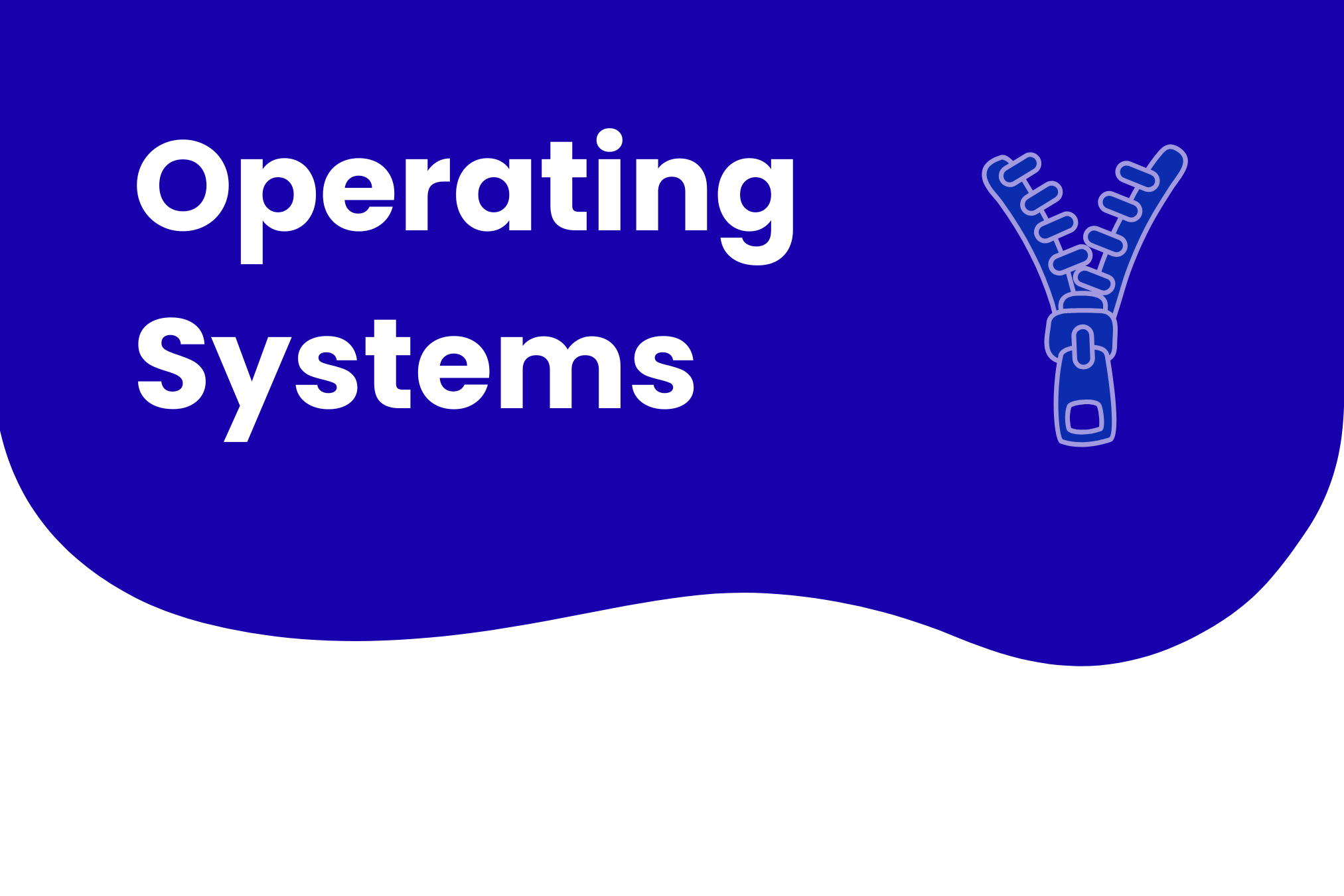4 Unique Performance Review Practices

Few business practices are as universally unpopular as the dreaded annual review. It’s an anxiety-ridden experience on both sides, and the pressure it puts on leaders and team members can undercut the effectiveness of the conversation. Often, employees walk in not knowing what to expect, and leaders struggle to deliver tough feedback — and everyone walks away dissatisfied. There has to be a better way.
If you’ve been feeling like traditional performance review practices are out of step with the values and beliefs of your business, you’re not alone. Many purpose-driven business leaders are throwing out the old playbook and redefining performance management to better serve employees in the totality of their lives. When you get it right, these unique performance review practices can help you grow and develop team members and build a culture of high performance.
Here’s how to conduct employee reviews that develop excellent leaders.
1. Give Feedback More Often
Relying solely on the traditional, once-a-year review means you’re missing out on more frequent conversations that could help employees grow. Providing ongoing feedback throughout the year creates more opportunities to grow and develop team members. More frequent feedback also keeps everyone on the same page — nothing in a review should ever be a surprise, to the employee or the manager.
Purpose-driven leaders clearly communicate expectations and provide consistent, intentional feedback. Here’s what that looks like in practice.
Monthly, In-Depth Evaluations
Remember: if employees are surprised by something during a review, that’s a failure of leadership. Ongoing feedback creates alignment and helps identify pain points before they become a problem. Life’s Abundance is a 2019 Forbes Small Giant: Best Small Companies in America, and their performance review practices helped earn them their spot on the list. CEO Lester Thornhill decided to do away with the annual review and replaced it with monthly in-depth, personal self-evaluations instead.
Instead of an annual review, all employees complete monthly self-assessments; evaluating their successes, what they could’ve done differently, and their goals for the next 30 days. The reviews are a simple, 10-minute conversation — managers provide feedback and together, they create a plan for the next thirty days. The process creates a continuous feedback loop between employees and managers, all driven by a commitment to help employees become the best versions of themselves.
By putting processes behind their beliefs, Life’s Abundance is more effective than ever at developing employees’ personal strengths and helping them be more successful. The monthly evaluations have become an important catalyst for personal growth, which not only improves their lives at work, but at home too. Hear more from Lester about building an award-winning culture on his episode of the Growing with Purpose podcast with host Paul Spiegelman.
Cultivate a Culture of Feedback
How would your culture change if feedback were one of your core values? At Clarke EyeCare, making feedback a core value means that it’s integrated into every function of the organization. They’ve created processes for ongoing feedback on the organizational, departmental, and individual level so that they can nip any issues in the bud and keep the channels of communication channels wide open.
As CEO Danny Clarke puts it, the goal is ultimately to do what they do tomorrow better than how they did it today. For example, every department holds a weekly, 2-hour development meeting that normalizes and creates space for feedback. They also regularly measure employee satisfaction with the CultureIQ tool and track customer satisfaction with Net Promoter Score (NPS). For leaders, a 360-degree feedback process ensures that they’re leading by example and constantly improving how they serve their customers, patients, and team members.
Quick tip! Direct managers aren’t the only ones who can facilitate performance reviews! At M2 Strategy, all team members have quarterly performance reviews facilitated by either a direct manager or a mentor who is aligned with their personal goals and current responsibilities. During the review, they discuss their past performance and their goals and aspirations. The meetings cover everything from career growth to showcasing work products. Both the employee and the facilitator always come to the table with new ideas for innovation and growth.
2. Start with the Leaders
If you expect your employees to receive feedback with humility and grace, leaders must be willing to do the same. You can create buy-in for your performance review practices by having company leaders model what the process looks like. How well do you receive feedback? How do you go about implementing change? How do you measure success? It’s the idea of leaders ‘going first’ so that the rest of your team understands what it really means to have a culture of feedback.
360-Degree Reviews for Leaders
A culture of feedback begins with leader buy-in. A 100% employee-owned company, PFSbrand’s 130+ employees-owners are constantly engaged in providing and receiving feedback, creating a feedback loop that keeps all team members — including leaders — moving forward. For CEO Shawn Burcham, that means leading by example and being the first to participate in a 360-degree peer review, a system that collects anonymous, confidential feedback from colleagues and employees. After Shawn’s review, the rest of senior leadership follows.
Leaders aren’t always used to receiving feedback from all levels of the organization. At PFSbrands, they support senior leaders by creating a designated time and space to process the feedback. Their Senior Leadership Team Advisory Group, which includes senior and next-generation leaders, has a quarterly offsite meeting to share and respond to feedback. They verbally discuss each leader’s strengths and weaknesses and have transparent, respectful conversation around survey results.
Not only does this show that senior leaders are embracing the process, it’s also an opportunity to model how to receive and process feedback in a way that aligns with the company culture. Leadership buy-in is crucial to the process, and employees won’t be compelled to make real change if their leaders aren’t willing to do the same. Read more about performance review practices at PFSBrands.
Quick Tip! 360-degree reviews are also a helpful tool for identifying and resolving culture issues. Bob Ruffolo, founder and CEO of IMPACT, used 360-degree feedback to help strengthen his leadership skills during a culture crisis at his company. Even though some comments were tough to hear, the process was eye-opening and helped him understand his strengths and weaknesses and problems in the organization on a deeper level.
Now, Bob surveys employees on a quarterly basis and asks tough questions about the company’s leadership and culture. Following the survey, they articulate back what they’ve learned and clearly address concerns with action steps. “You have to listen to your people — had I assumed what they would say or chosen to ignore them, I would’ve missed the opportunity to improve,” says Bob. “Listen to your team and be as transparent as possible.”
3. Don't Serve a Compliment Sandwich
The way you deliver feedback can make or break an employee review and have serious repercussions on their performance. At the same time, leaders are people too – and most of us get nervous before delivering tough feedback. As a result, many leaders and managers tend to shy away from tough feedback or resort to shortcuts that actually make feedback less effective. If performance reviews make you squirm, here’s your cheat sheet for delivering better feedback.
Delivering feedback in a compliment sandwich discredits the positive remarks you've shared and paints the whole interaction as fake and formulaic.
Don’t Be Predictable
Claire Lew’s (CEO of Know Your Team) life mission is to help people become happier at work. One of the biggest revelations from Claire’s ongoing research is that one of the most popular methods of giving feedback also happens to be one of the least effective. Most leaders know the classic technique of the compliment (aka sh*t!) sandwich: open the conversation with positive feedback, wedge the "bad" feedback into the middle, and close the conversation with another compliment. On the surface, it doesn't seem so bad. After all, you're taking the time to appreciate the employee's positive behaviors, while also providing constructive feedback to help them grow.
What's the problem here? First, the compliment sandwich has become too predictable. Employees know what is coming, and when they sense this familiar framework, it creates a roadblock to a genuine, two-way dialogue. Second, relying on this crutch to give feedback comes off as disingenuous. Delivering feedback in a compliment sandwich discredits the positive remarks you've shared and paints the whole interaction as fake and formulaic.
Finally, a compliment sandwich often results in employees tuning out feedback that they don't want to hear. For many, emotions run high when receiving feedback, and the brain is likely to hold on to the negative memories more than the positive ones. For others, the 2-to-1 ratio of positive and negative feedback will prompt them to zero in on the positive comments and dismiss the constructive feedback. Cut the compliment sandwiches out of your diet and start building your ability to give employees tough feedback.
“Very great change starts from very small conversations, among people who care.”
- Margaret Wheatley
A Better Way to Structure Feedback
Now that you know a compliment sandwich isn’t the way to go, let’s talk about how to give more effective feedback. Jonathan Raymond, founder and CEO of Refound, has a system for giving feedback in a way that feels natural, acknowledges power imbalances, and brings your company values to life. It all starts with using more questions and observations instead of jumping straight to solutions. Jonathan even has a tool for this approach — it’s called the Accountability Dial™ and it helps remove tensions and anxiety by focusing the conversation on impacts, not intentions.
The methodology behind the Accountability Dial™ gives team members personal ownership over their role and the impacts they are creating. Instead of delivering that compliment sandwich at the annual review, you’re starting the conversation early and as soon as you notice the problem.
From there, you’ll meet regularly with the team member to connect the issue to their personal goals, identify concrete action steps, and continue to guide them from a place of care. “When I think about accountability, I think about love. It’s about caring for people and helping them see the ways they’re getting in their own way,” says Jonathan. “We can offer our businesses as a place of growth, and accountability is the linchpin for that.” Watch Jonathan’s Online Fishbowl video to learn more about his feedback methodology.
4. Support the Whole Person
Developing your employees isn’t just about on-the-job skills, it’s about helping them succeed in the totality of their lives. That means your performance review practices should zoom out to include both their personal and professional goals. When your employees feel confident, valued, and fulfilled in their lives, they’ll bring those strengths into their daily work, too. Here’s how to support the whole person in your performance review practices.
Understand What Drives People
When one of your team members has a performance issue, what’s the underlying cause? Often, the root of the problem is on a personal level, and if you’re not dealing with the personal side of performance, you could easily miss out on development opportunities.
At Rustic Pathways, CEO Chris Stakich developed a philosophy for the compensation, development, and support of their staff. It starts with a framework for what drives people: security, variety, self worth, love, personal growth, and giving back. “Most people want to feel like they got better today — maybe they got smarter, got in shape, made a connection or learned a new skill,” says Chris. “We sat down and developed a plan to start investing in the ingredients that would support our staff in these six different areas.”
That means company managers and leaders are talking about more than just performance with their team members. They’re checking in, setting goals, and providing feedback on all six areas of the framework. During a performance meeting, a supervisor might bring questions about whether the team member is experiencing enough variety in their job. Likewise, team members are given space to share their personal goals and work with their mentors and leaders to identify the steps to achieve them. Watch Chris’s Online Fishbowl video to learn more about his framework for building a thriving workforce.
When done right, performance reviews epitomize what it means to be purpose-driven: putting your people first and caring deeply about their personal and professional growth. Looking for another resource to help your emerging leaders grow? The Small Giants Leadership Academy is a year-long certification program designed to give your next-generation leaders the tools, confidence, and experience to become purpose-driven leaders.
Click below to learn more about reserving space in this year’s cohorts (and hurry — spots are limited!)






Submit Your Comment